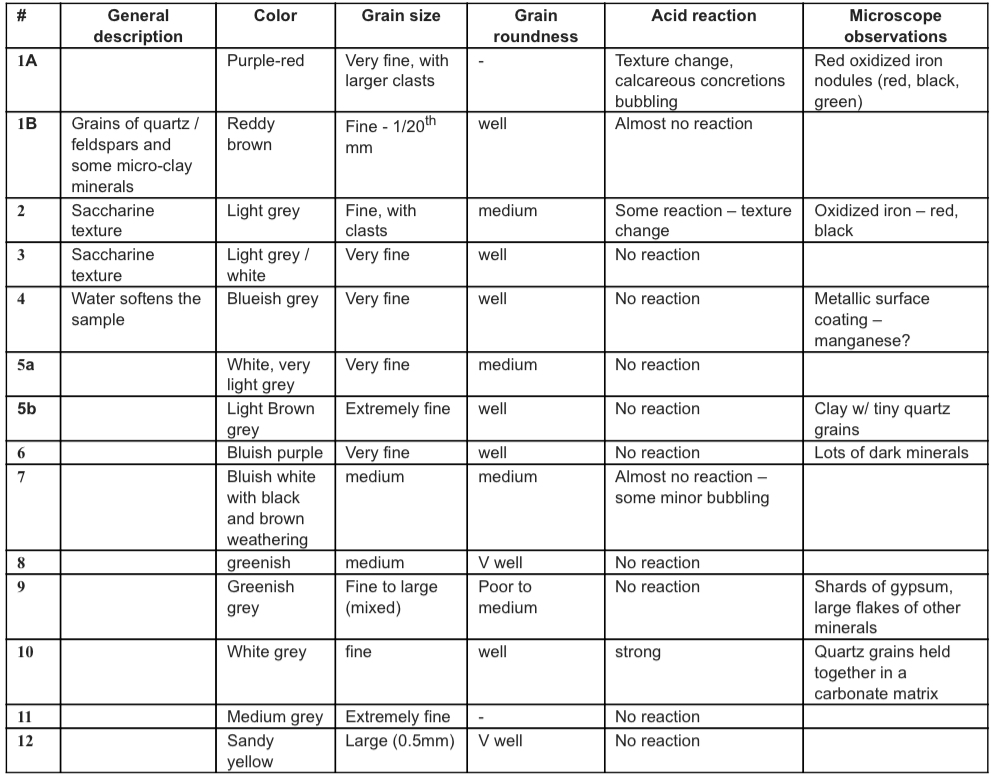Sol 7 Science Report
GreenHab officer Rick Blake
One study being conducted by this crew rotation is designed by Israeli high school students. It involves investigating the differing ground colours on the hills around the MDRS and reporting our findings back to the students. Rather than a strict scientific aim, this experiment was mostly proposed to get students interested in STEM careers. The students don’t have any prior geological knowledge and it is hoped that by doing this experiment we will inspire their imagination and thirst to learn science. Our geologist, Roy, already knows the geological setting and history of the area to be tested, so any data generated will be purely for the students to interpret.
For this experiment, a transect up a hill was conducted during an EVA by our crew geologist, Roy, and myself. Samples were taken of the regolith and underlying rock at every change of colour on the ground. These samples were labelled and brought back to the Science Dome for further analysis. The samples were inspected for their general colour, reaction to acid, and, under a microscope; grain size, grain roundness, and any other interesting features. This data was recorded and will be relayed back to the students to interpret. Small sections of the samples will also be returned to the Davidson Institute for Science Education, Weizmann Institute, Israel for the students to further analyse.
For reference, it is known that the stratigraphy is part of the Brushy Basin member of the Morrison Formation, and it was formed in the late Jurassic in a fluvial lacustrine environment. The top of the stratigraphy is capped by Cretaceous geology, which ended up being the last sample collected on the transect.
The data recorded is as follows:



